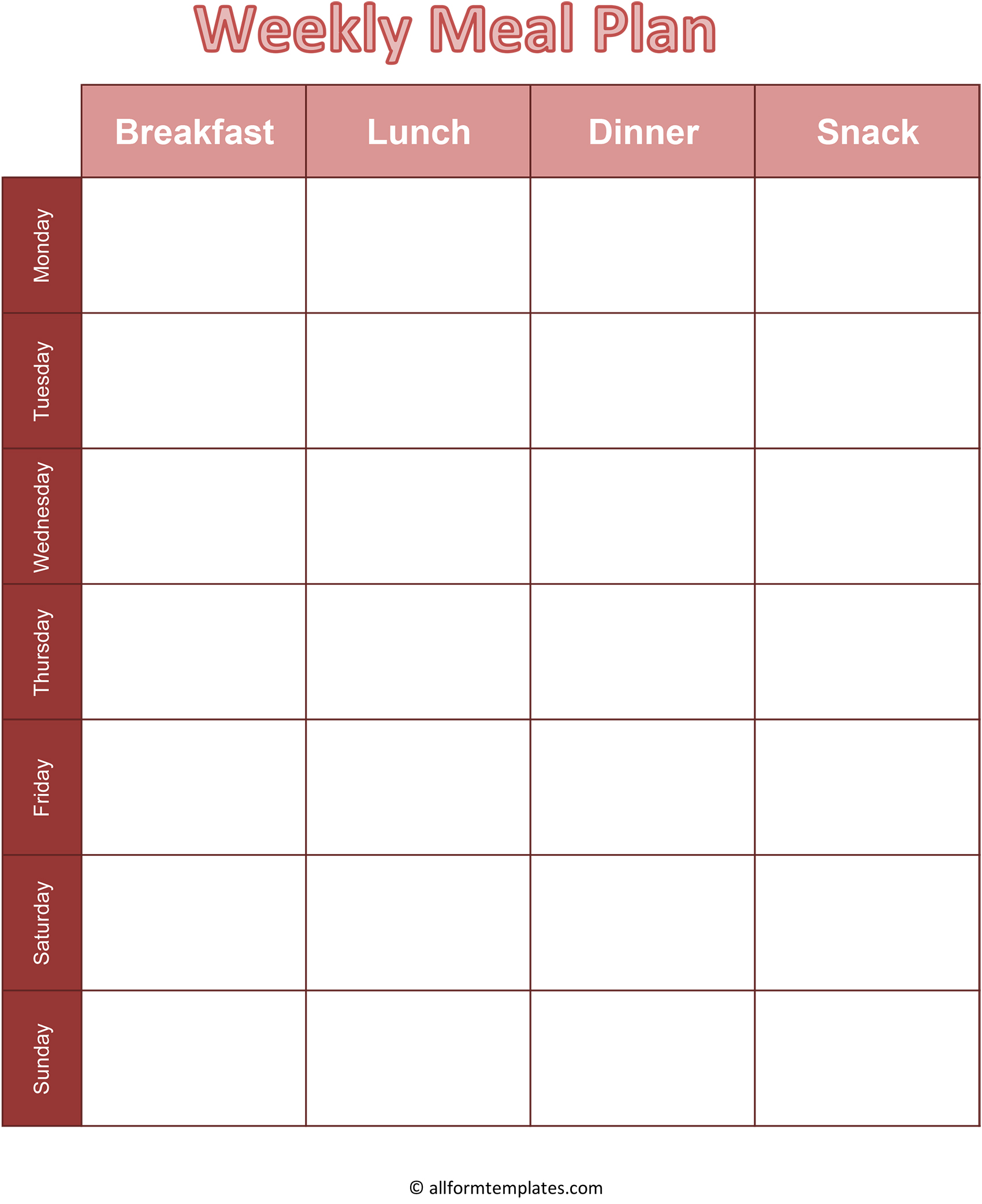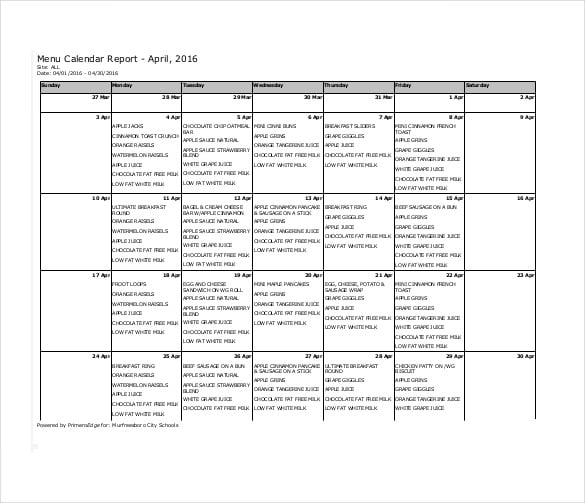
Use the meal plan to track the totals for each meal to monitor daily intake and lose weight. In addition to selecting the right recipes, it is important to monitor the calories for each portion of food. Choose recipes or foods that have minimal calories or that fit into a daily budget. Meal plans provide a way to count calories, which promotes weight loss. Be sure to refrigerate or freeze all foods according to USDA Food Safety Guidelines to prevent food poisoning. Review all recipes and take note of anything that can be chopped, marinated, frozen, or thawed before making the meal. Transfer this information into a grocery list, and shop ahead of time to ensure that all foods are on hand before cooking. Write down all ingredients needed to make the desired recipes. Level of Recipe Difficulty (or Cooking Experience).The meal planner should only choose recipes that will accommodate their needs. Step 3 – Choose Recipes and Write Down IngredientsĬompile a list of recipes, and enter them into each meal section. For each meal, enter a recipe name, or designate the section for leftovers or takeout.


The primary use of a meal plan is to schedule foods in advance.
#FREE MONTHLY DINNER MENU CALENDAR DOWNLOAD#
Each plan should accommodate personal preferences, as some may be more detailed or include unique categories.Ĭhoose a daily, weekly, or monthly template, and download or print it to fill it in. Meal plans vary based upon desires and needs.

Guide to Meal Planning Step 1 – Select a Plan


 0 kommentar(er)
0 kommentar(er)
